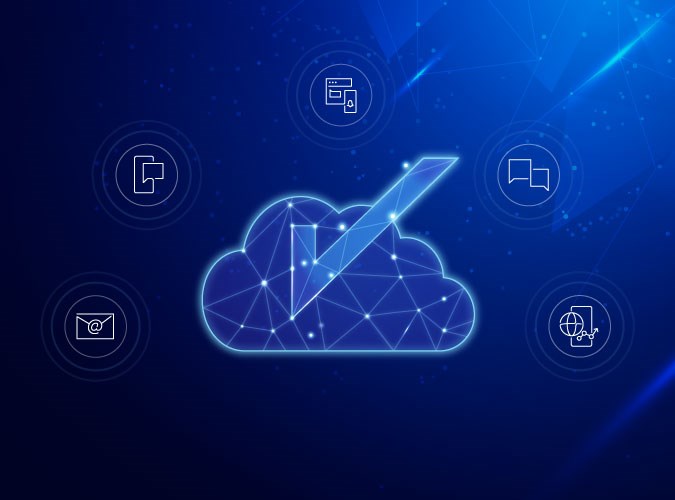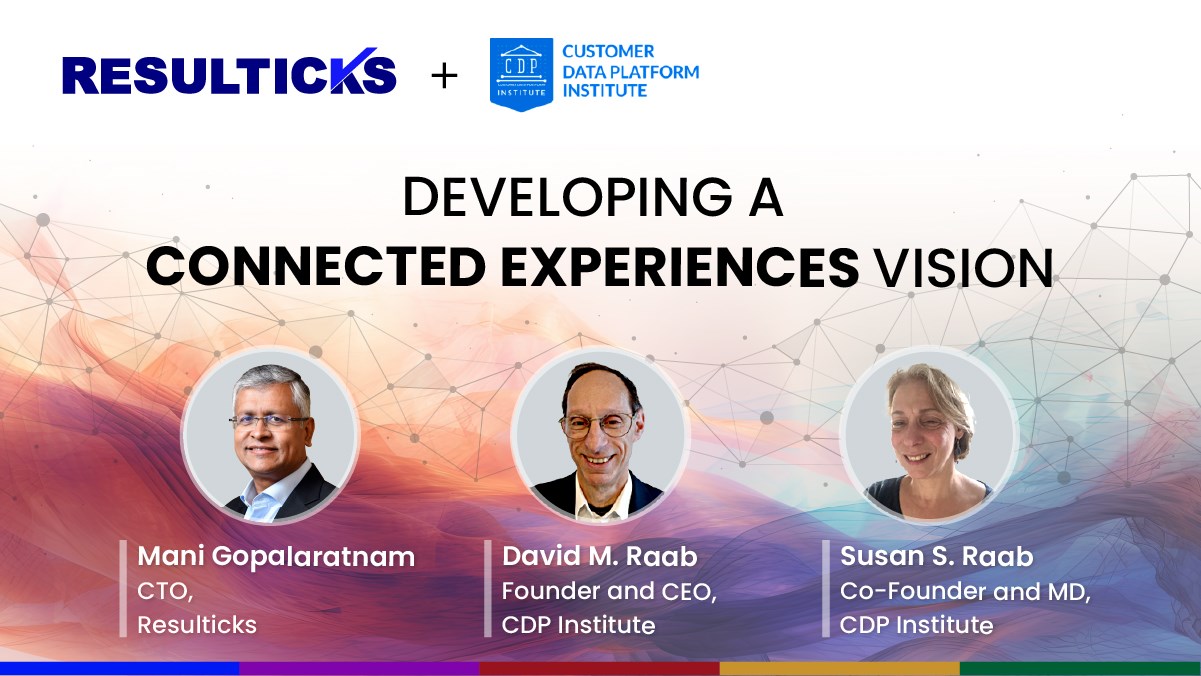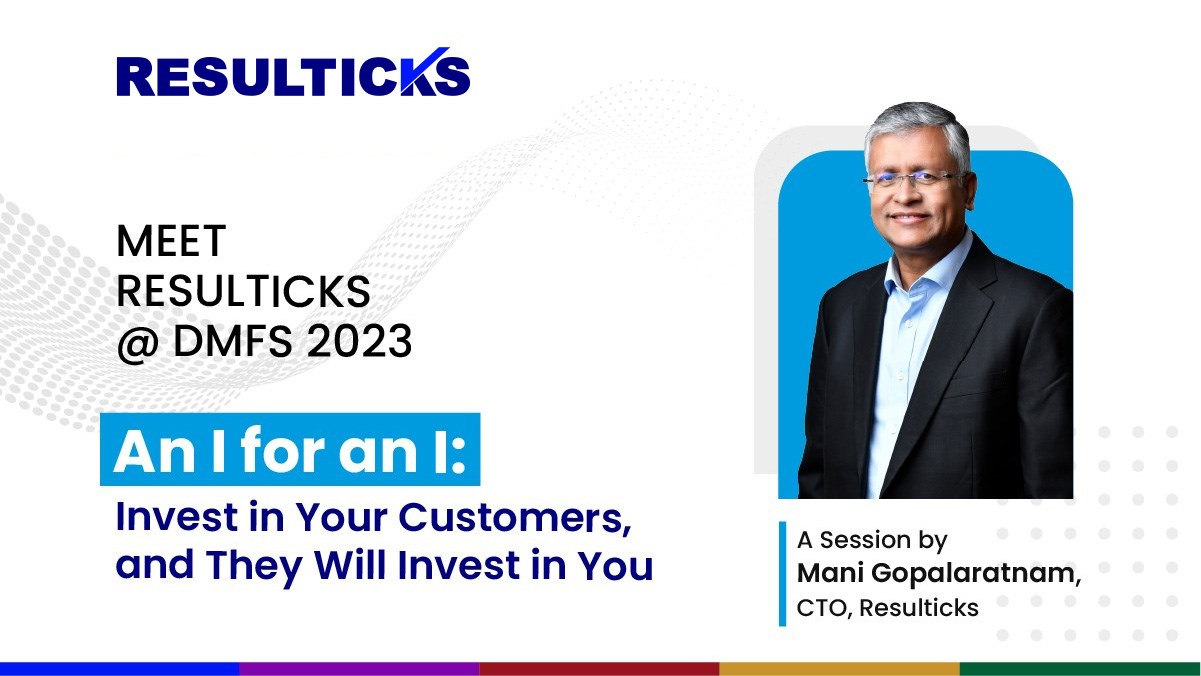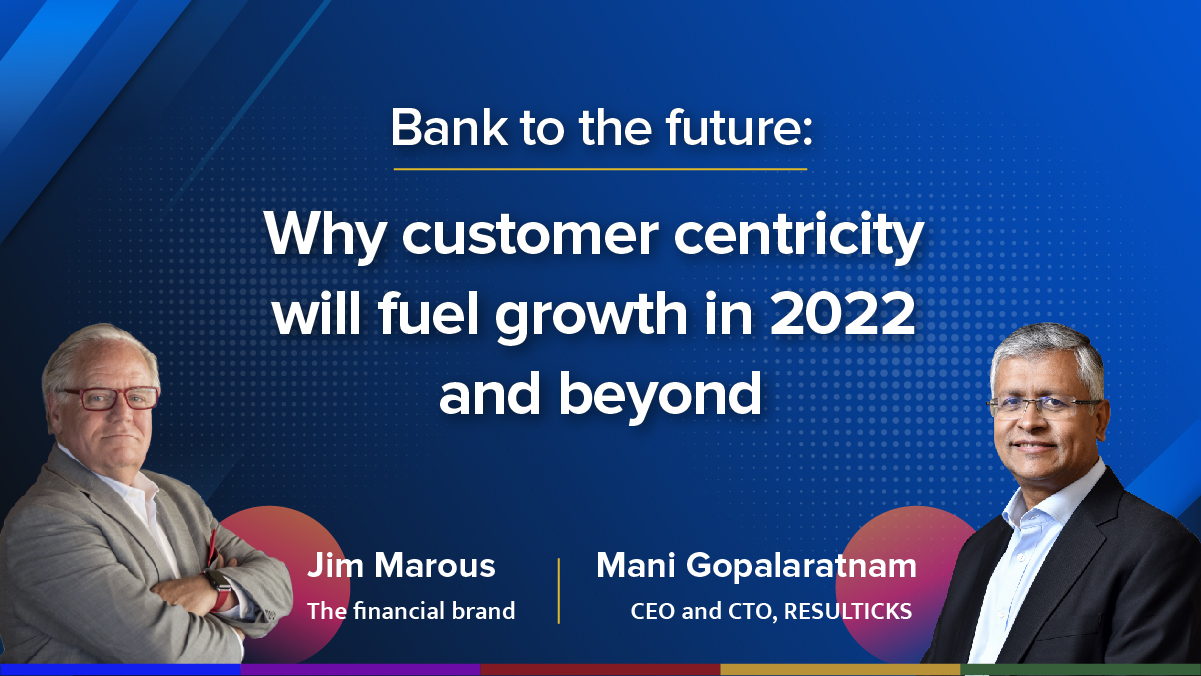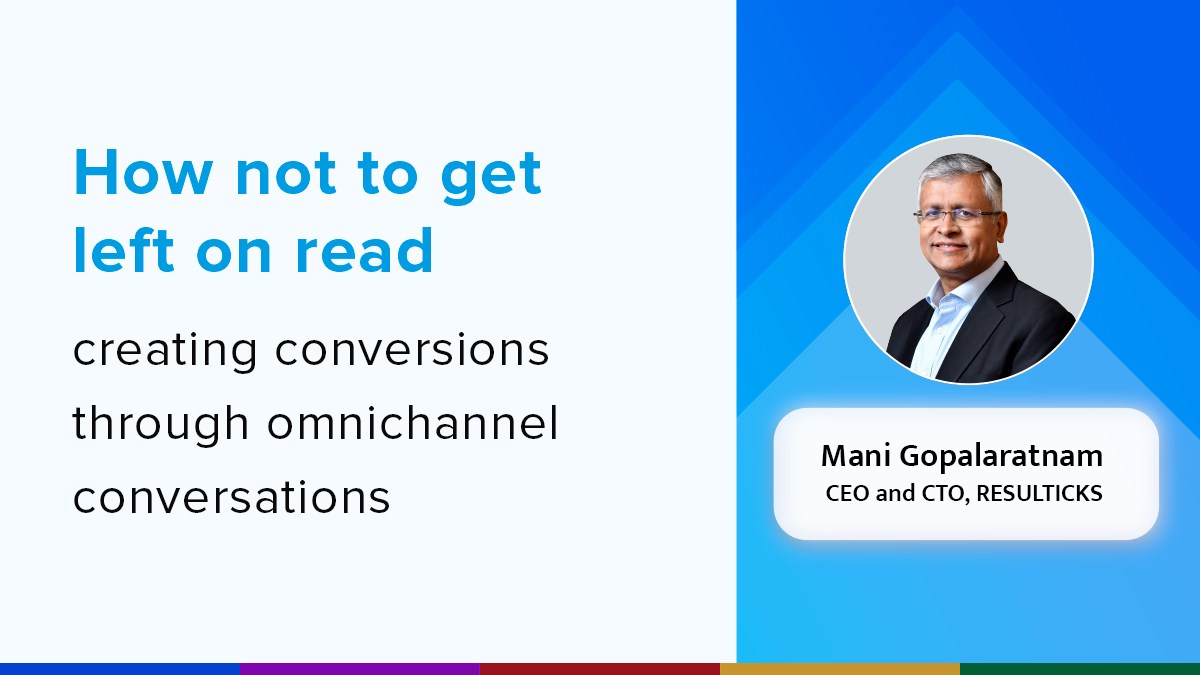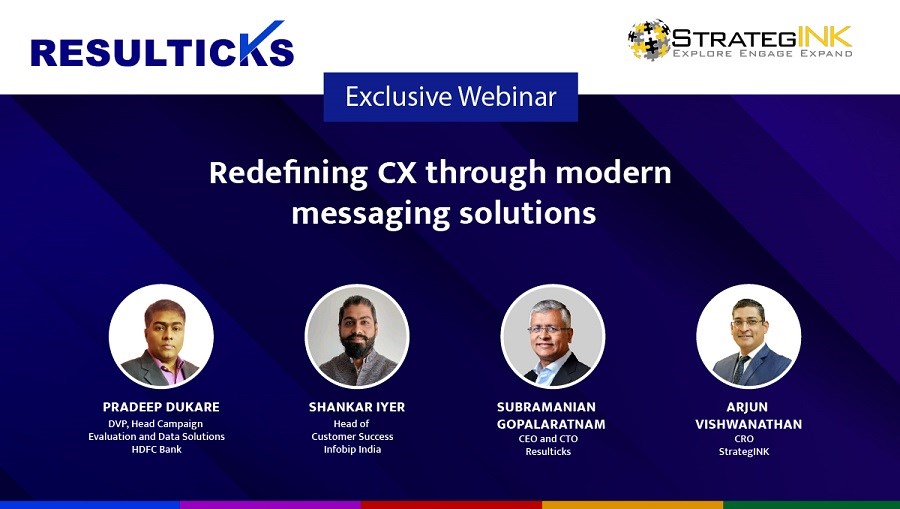Customer experience has been redefined in the last few decades. The days when the store experience was everything, and mailboxes got spammed with capital catalogs, are gradually, if not already, behind us.
Thanks to the internet expansion, the whole customer experience has taken on a totally different meaning. People are much more eager to share their views and converse with others online, especially as social media becomes an essential means of communication. and even consumption, to millions around the world. The boundary between online and offline continues to blur, with digital—and all the insights it harbors—defining the “real” world more and more.
Consumers now expect things to be done in real time, and few are ready to tolerate having their experiences dictated by the brand, instead of the other way around. Certainly accelerated by the events in 2020, the transition away from brick and mortar, which is undergoing a transformation of sorts on its own, has made consumers much more accustomed to self-service. Consumers want to research, compare, and select products on their own terms.
The task of brands now have to accommodate these shifting expectations and engage customers in a contextual, individualized way. To do this, they need to properly capture and utilize all the customer data at their disposal—much of which tends to be hosted in their internal systems. When they rely on only internal infrastructure and systems, however, an issue often surfaces. This requires an enormous amount of data on customer activities across digital touch points for analysis and activation—continuously.
The legacy and in-house technology mostly falls short of accommodating the scale and speed of this undertaking. Without effectively unifying and analyzing the data, weaving relevant communications, offers, and content into a singular, tailored experiences is nearly impossible. Investing in the development of the necessary from scratch seems equally, since the expenditure would be very significant.
This is where cloud—or cloud-based technology, more specifically—comes in. Cloud converts capital expenditures into operational expenses since the brand is technically renting the technology. This obviously affords more flexibility, since the brand can reduce or switch off, for instance, however much processing power, storage, or memory required at a given time after they are done. The brand no longer has to continuously bleed out major expenses to maintain on-premises infrastructure.
The rise of cloud platform as a service accentuates this advantage even further. It frees brands from having to pay for the infrastructure at all. Instead, the brand only pays for the services it uses. This means, for example, the provider will charge its clients based on the number of visits or events captured by its system. The good news here is that the brand does not need to scale up or down their infrastructure.
Like for example, if I have hundreds of 1000s of concurrent users coming onto my app or a web, then I’m, if I’m using a best service, I’m actually not scaling my infrastructure up or down. Rather, I’m paying for the number of visits or the blocks or the events generated during. And believe me, 90% of the current user events happen outside your premises. And hence, a cloud can be the best area where this can be consolidated. And using the cloud past service, one can process it at a normal scale, and then take the process results to internal systems for making sense out of it, and run all the models on the data pipelines that are being enabled on the cloud.
So cloud provides three distinct advantages. Firstly, it offers relief from large capital expenditure. Secondly, it enables the brand to scale up or down without having to worry about infrastructural costs required to optimize the entire business operation. Thirdly, it delivers the ability to react to customers digitally and at scale. It also offers the possibility to conduct experiments since temporary infrastructure can be created to prove different concepts.
The future of customer experience will be defined by increasingly digitally savvy consumers, who often prefer relying on each other for support before they even reach out to the brand as a last resort. There are dizzyingly diverse touch points and actions that the brand must monitor, analyze, and respond to.
The flexibility and optimization of cloud will be indispensable to keeping up with the new breed of customers, even if internal infrastructure will not be gone for good. of be successful, of course, certain questions should be answered. Think hard and fast about how you need to scale? What do you need to shed? What do you need to unlearn? What services and workloads should be brought into the cloud?
Request a meeting with our solution experts!

